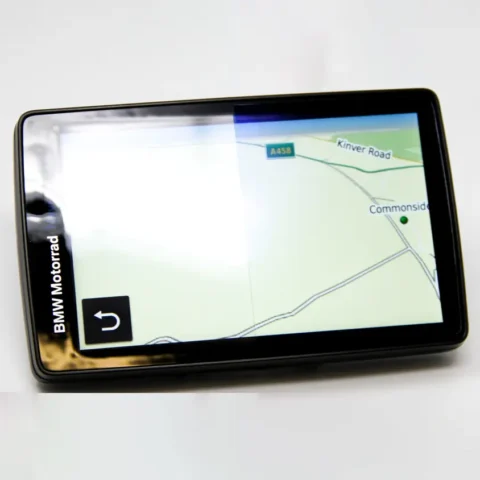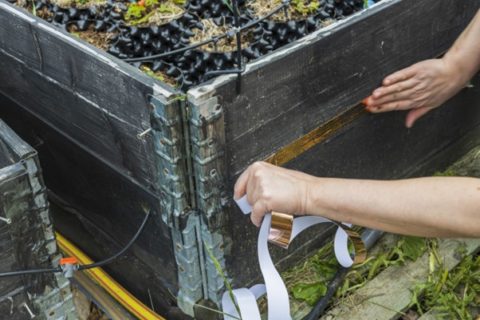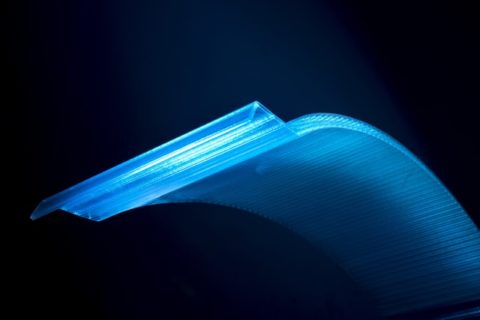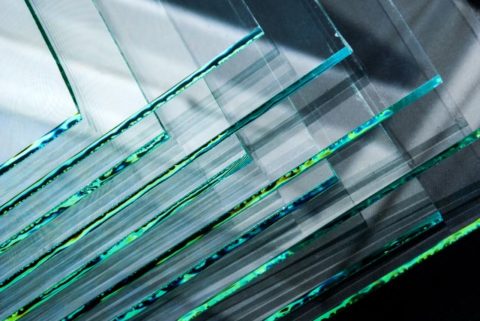
Say Goodbye to Glare: The Essential Garmin Nav 6 Anti-Reflective Film
With the Garmin Nav 6 Anti-Reflective Film, you can say goodbye to shading a screen in harsh sunlight
NOTICE: Any orders placed from 28th July to 3rd August will not be dispatched until 4th August

With the Garmin Nav 6 Anti-Reflective Film, you can say goodbye to shading a screen in harsh sunlight

You need anti reflective glass? We supply! You want a glass that is electrically conductive? Our ITO coated glass options is unrivalled and industry leading…

Adhesive copper tape has numerous applications. Here we list some of the most common and some surprising uses too.

How do I get ISO 9001 certified? In brief, ISO 9001 (International Organisation for Standardisation) is a Quality Management System

PET film is used in our modern world frequently and in many diverse applications (with some surprising applications also listed here)

Copper slug tape is widely available online, yet not all tapes measure up the same. Our copper tape is the most optimum version you can get in the UK.

From our beloved smartphones to automotive displays and medical devices, touch screens help make the world a better place, in some small form.

Why do you need ITO Plastic? ITO (Indium Tin Oxide) is an electrically conductive substance that is also optically clear,

ITO coating provides a conductive and transparent surface which allows UV rays and visible light to pass through – perfect for use in microscopy slides

A transparent conductive oxide can be deposited onto a surface providing a clear coating which is electronically conductive.